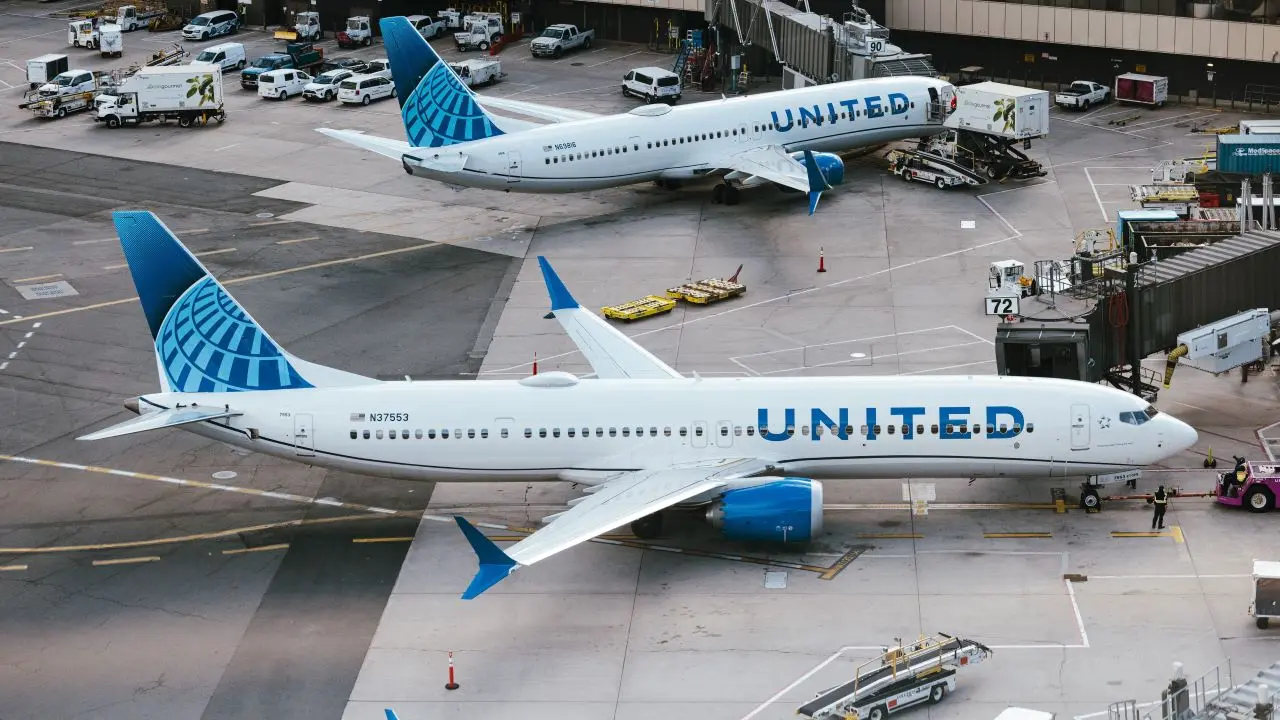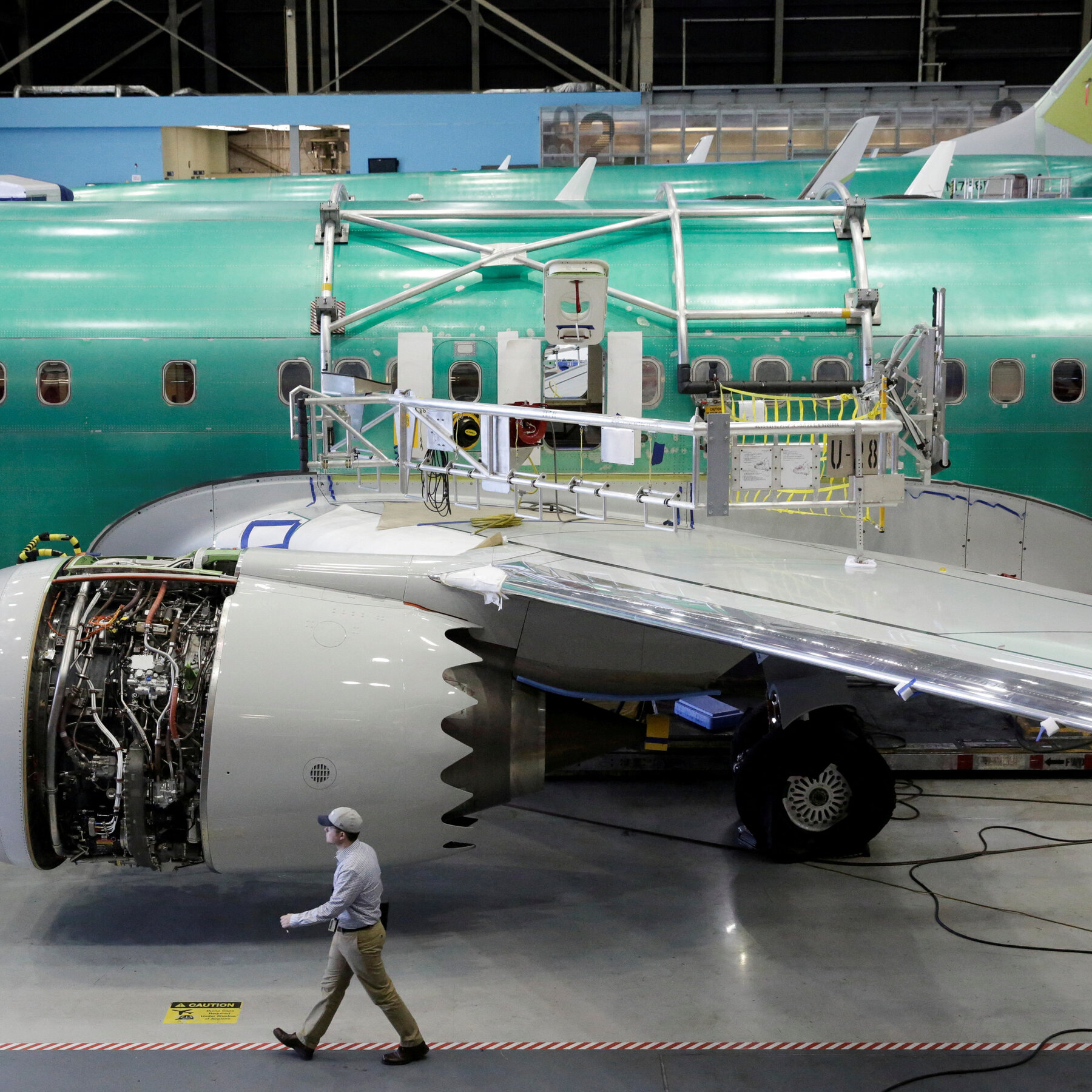Boeing faced a significant setback in its production of the 737 Max planes following an incident in January, where a panel blew off during an Alaska Airlines flight. This forced the company to slow down production to address the issue, leading to a reported loss of $355 million for the first quarter of the year. While the loss wasn’t as severe as anticipated, it underscored the challenges Boeing is facing due to the quality crisis.
Despite the loss, Boeing managed to generate over $16.5 billion in revenue for the first quarter, slightly surpassing analysts’ expectations. However, the company also burned through nearly $4 billion in cash during this period. The incident on the Alaska Airlines flight, though resulting in no major injuries, has had a substantial impact on Boeing’s reputation and reignited concerns about its practices, particularly following the two fatal crashes involving 737 Max 8 planes five years ago.

Boeing Grapples with Quality Crisis: Slowdown in 737 Max Production and Financial Losses Follow Aviation Incident (Credits: FOX Business)
In response to the crisis, Boeing has implemented various measures to enhance quality control, including expanded inspections, procedural changes, increased training, and seeking more input from employees. Dave Calhoun, Boeing’s CEO, reiterated the company’s commitment to ensuring the confidence of regulators, customers, employees, and the flying public in Boeing’s products. This commitment comes amid a broader management shake-up, with Mr. Calhoun announcing his intention to step down by the year’s end.
Boeing is in discussions to acquire Spirit AeroSystems, a troubled supplier responsible for building the body of the Max jet. Spirit AeroSystems was originally part of Boeing before being spun out two decades ago.
The Federal Aviation Administration (FAA) has ramped up its scrutiny of Boeing, imposing a cap on 737 production at 38 planes per month. Despite this, production levels remain below the set limit. The FAA has also demanded that Boeing present a plan to improve quality by the end of May, indicating the seriousness of the situation and the regulatory pressure Boeing is under.























